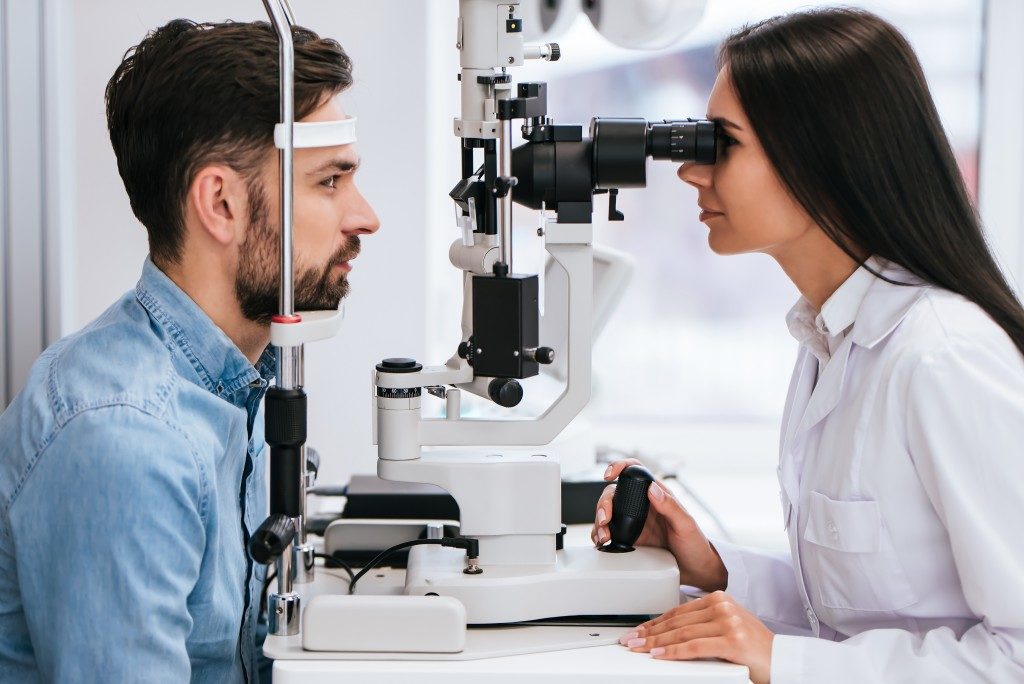Loss or impairment of vision is a struggle not only for those affected, but their friends and families as well. Recent data from the NHS and RNIB shows that 2 million people in the UK are living with impaired sight. Only about 25% of these people who are of working age are employed, with fewer than 33% of the total having received any mobility training. Of even greater concern, though, is that fewer than 1 in 5 individuals had received emotional support or practical assistance around the home.
Receiving support from one’s closest family and friends is vital to someone who’s struggling with visual impairment. Yet this diagnosis – and witnessing the accompanying changes in an individual’s lifestyle – can also deeply affect family members. The reactions can vary greatly, and people may go through several phases of adjustment before arriving at acceptance and being well-suited to provide the necessary support.
Here are some ways you can be of assistance to a close friend or family member who is visually impaired.
Learn more
Not all types of vision loss have the same effects. Advanced glaucoma, for instance, tends to limit side vision and create mobility problems, but central vision is fine. In contrast, persons with age-related macular degeneration (AMD) can view the periphery normally, but their central area of focus becomes blurred.
Knowing the specifics of your loved one’s condition allows you to anticipate their needs. It helps you to try and stand in their shoes and feel genuine empathy for their condition. This informs the way in which you interact and communicate with them and with other members of their immediate support group and influences the response you elicit.
Help with accessibility
It’s important to remember that everyone involved can go through stages of adjustment, including denial and withdrawal. During this period, the patient may not be receiving basic aid or assistance with accessibility. You can help by introducing small and subtle improvements to their lifestyle, such as increasing illumination and removing clutter or obstacles in the home.
Difficulty reading can be one of the most significant and frustrating everyday challenges for a person with visual impairment. Simple apps such as magnification, or AI recognition, can be installed on phones and tablets, if not already pre-installed. And don’t underestimate the value of reading for leisure – most e-readers, whether in the form of apps or dedicated devices, are capable of playing audiobooks.
Introduce innovations

Going a little further, some of the latest tech innovations can provide help in unexpected and even cool ways. Specialised apps such as Be My Eyes can connect the visually impaired with sighted volunteers who provide remote guidance through the phone’s camera information. For a more social boost, Zello connects the user with up to a thousand others, in the UK or anywhere in the world, through real-time audio – and can be useful in emergencies, too.
Wearables, such as smart glasses or wrist bands, can also come with various features that enhance the user’s perception and navigation. From enhanced contrast to haptic feedback, these devices make use of the latest technology and sensors to deliver more information about the environment and help compensate for the loss of visual acuity.
Encourage self-reliance
Through the entire process, remember your role is to be available, but not over-protective. Your loved one can overcome disability, but only if they are receiving well-informed support, communication, and encouragement to help enable them again and become self-reliant as much as possible.

